Cycling along the Black Sea coast, we saw a lot of beautiful coastal landscapes, but what we didn´t expect was to cross the largest protected area of Bulgaria. Only when carefully studying the map to see where we can cross to Turkey, we realised that there is a vast forest in the southeastern corner of the country, called Strandzha mountains, spreading in both Bulgaria and Turkey. On the Bulgarian side designated as a nature park, Strandzha Nature Park covers over 1161 km², equalling 1% of the national territory. We quickly contacted the Nature Park Directorate, and to our excitement, we were able to set up a meeting with Milen Rashkov, chief biologist of the Nature Park.
From sea to the mountains
The nature park was established to preserve the most valuable part of the ancient Strandzha mountains. Everywhere we look, we see vast forests, which cover 80% of the park area. Of these, 30% are old-growth oak forests, with trees older than 500 years and diameters of up to 2 m. No surprise that these forests host huge biodiversity. But the nature park also stretches east until the Black Sea coast, which is where the Via Pontica avian migratory route passes through. Every year millions of birds cross this air corridor on the journey to their winter shelters in Africa. This makes the park extremely important for the survival of many rare and protected bird species.
As we meet Milen in the office of the Directorate in Malko Tarnovo, he further enlightens us about the peculiarity of this protected area. Being an ornithologist, Milen tells us that until now about 270 bird species have been spotted on the territory of the park. He presents us some shockingly impressive numbers about the biological diversity in the park, many species found refuge here during the last ice age, and we realise that Strandzha has a very unique geographical position – it stands on the crossroad between Europe, the Mediterranean Sea and Asia. The transitional Mediterranean climate here is influenced by three seas in the proximity: the Black, Marmara, and Aegean Seas. Therefore, visitors can follow trails that lead through old-growth oak forests, then walk through a typical Mediterranean zone and finally reach the seashore. Waterfalls, steep gorge-like incised river valleys, open coasts and various karst formations, caves and caverns are all located in the park, between the altitudes of 0 and 710m.
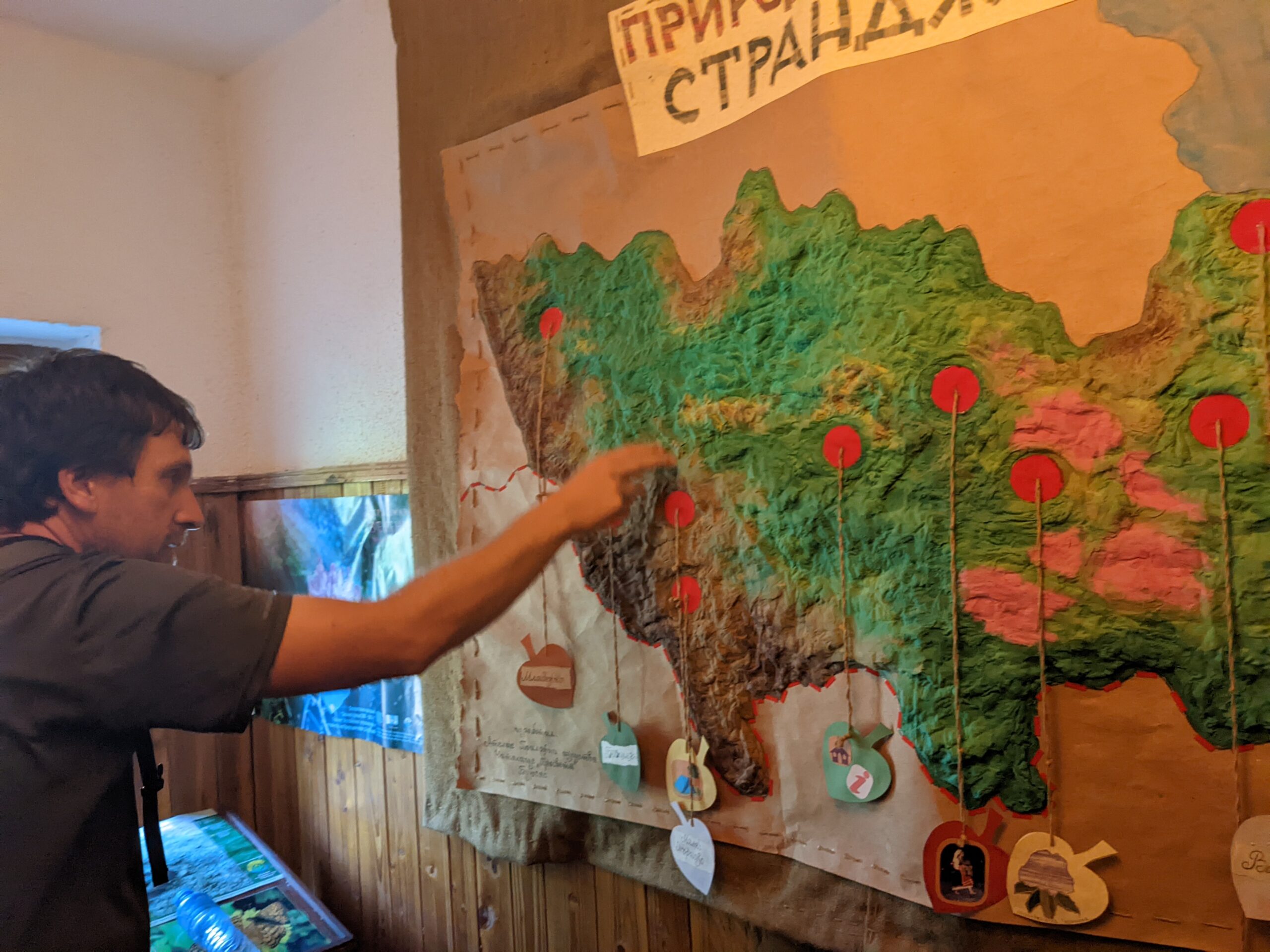
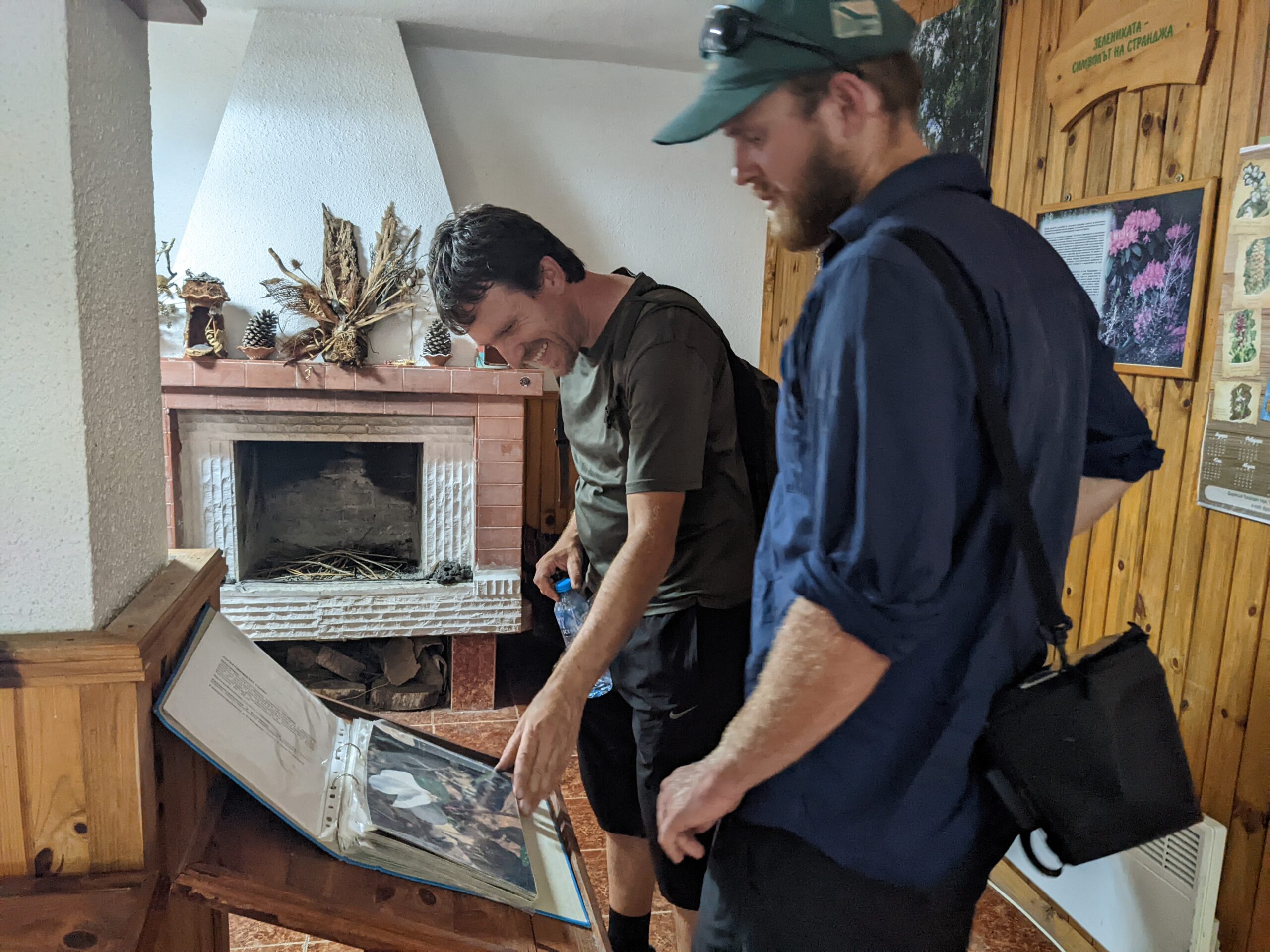
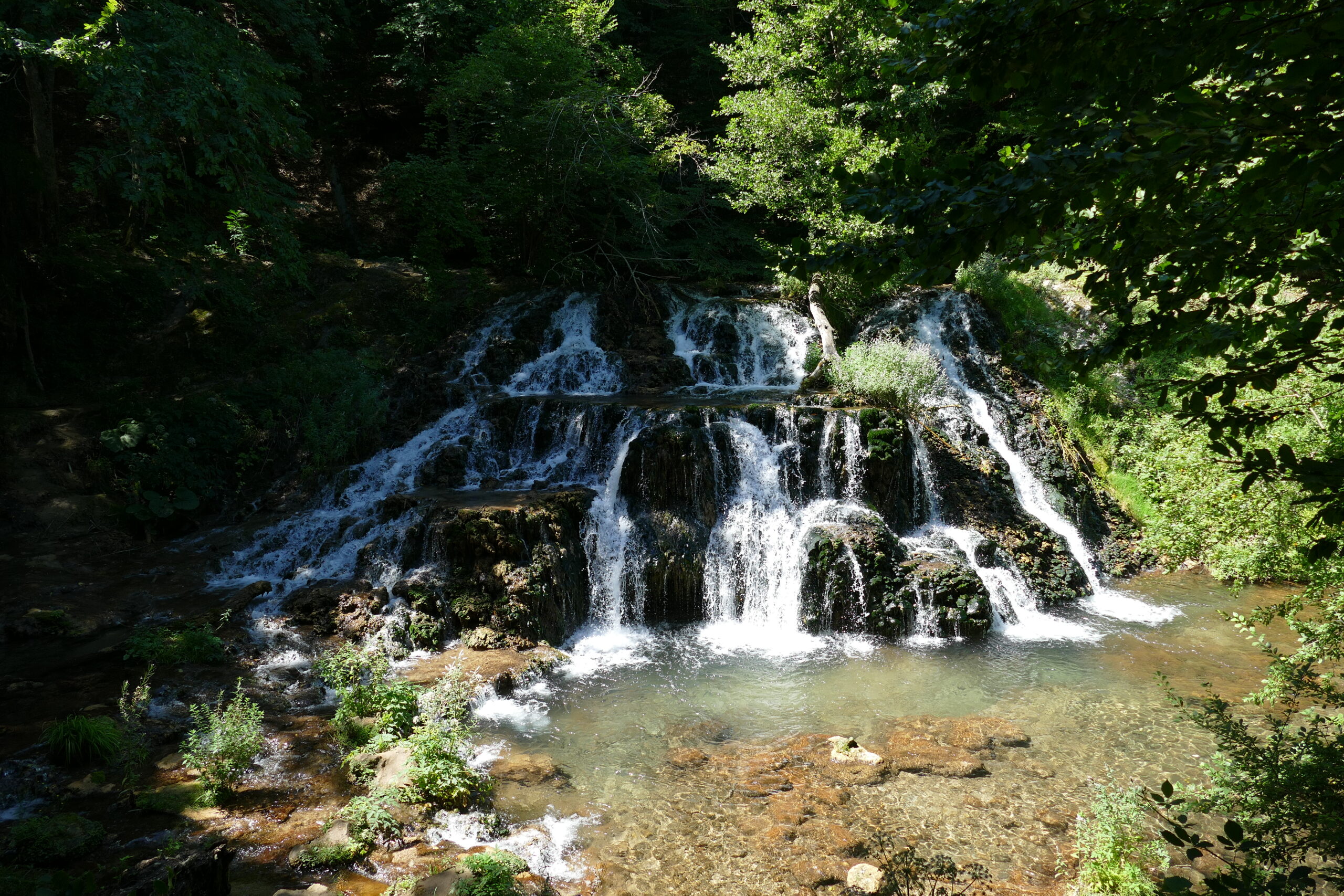

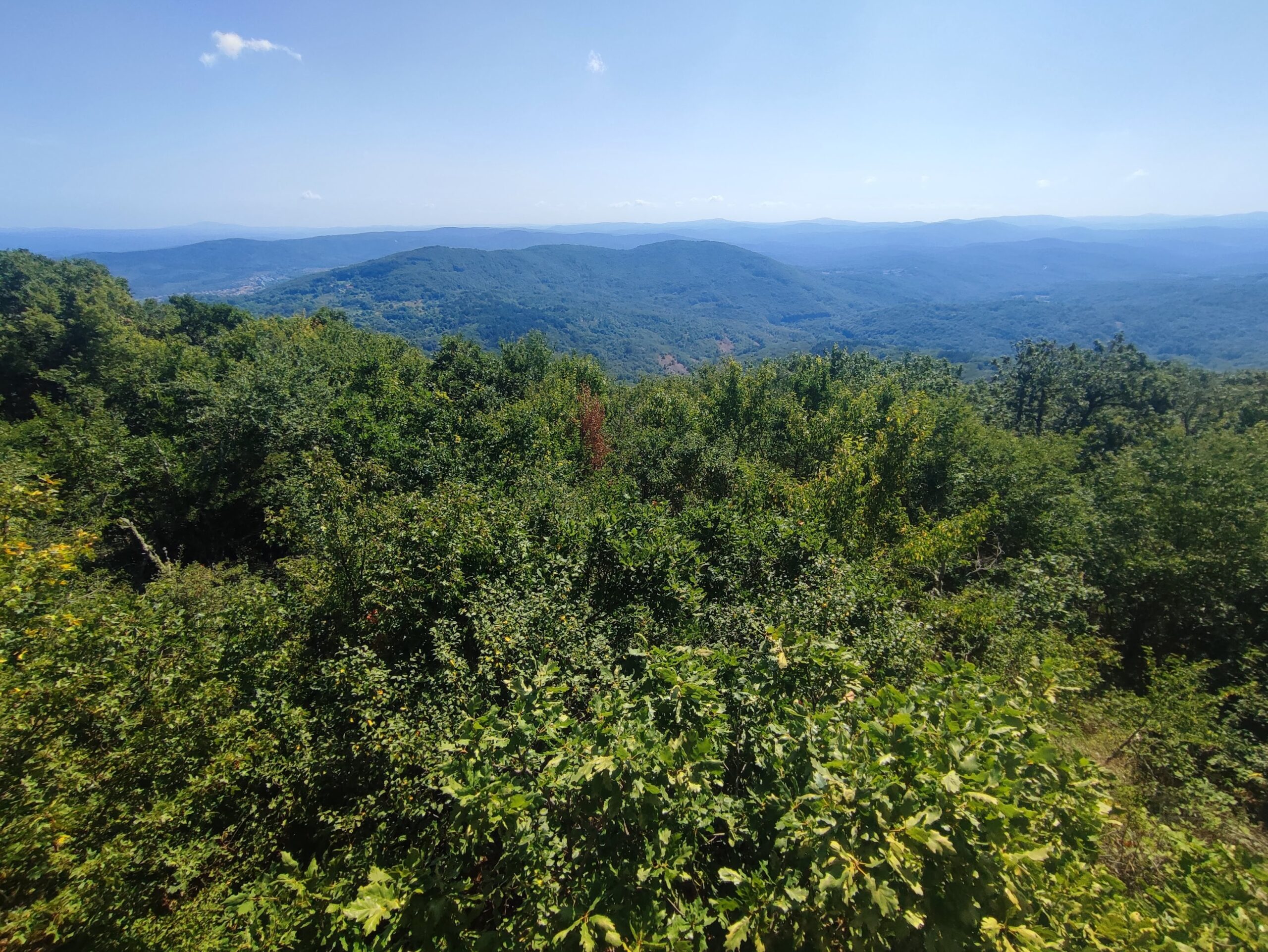
The largest oak massif in Europe
Not only do deciduous forests cover about 80% of the territory of the park, but Strandzha is also the home to the largest oak massif within the whole of Europe. Milen tells us that multiple researchers from central Europe came here before to take acorns for relocation. Due to Strandzha´s hot and dry weather, the oaks here are very drought-resistant and hence a big hope for forest researchers across Central Europe that search for trees that can withstand climate change in the future.
In most of Central Europe, the beech tree zone is above oaks, however, in Strandzha the roles are reversed. The humid valleys host Oriental beech, as well as Eastern Sessile oak and Hungarian oak, and in the dry zone with continental climate, the Hungarian oak and Turkey oak dominate.
A European priority area for protection
The park encompasses five nature reserves and eight natural landmarks. The Nature Park is ranked first in Bulgaria in terms of species diversity and first among protected areas in Europe in the variety of habitats – it hosts 122 distinct habitat types. It is of European importance regarding vascular plants, reptiles and nesting birds, and of global importance for the conservation of mammals, invertebrates, as well as Tertiary forest vegetation. The Council of Ministers of the Environment declared that Strandzha is one of the five priority areas for conservation in Central and Eastern Europe. Today, the entire territory of Strandzha Nature Park is included within the Natura 2000 network.
In addition to all the biological diversity of protected flora and fauna, there are several historical monuments inside Strandzha Nature Park. There is for example the Thracian tomb found in Mishkova Niva; Petrova niva Historical Area, commemorating the 1903 uprising for the national liberation of liberating southern Thrace from Ottoman rule. Moreover, picturesque small villages such as Brashlyan still portray Strandzha wooden architecture from the mid-17th to the 19th century.
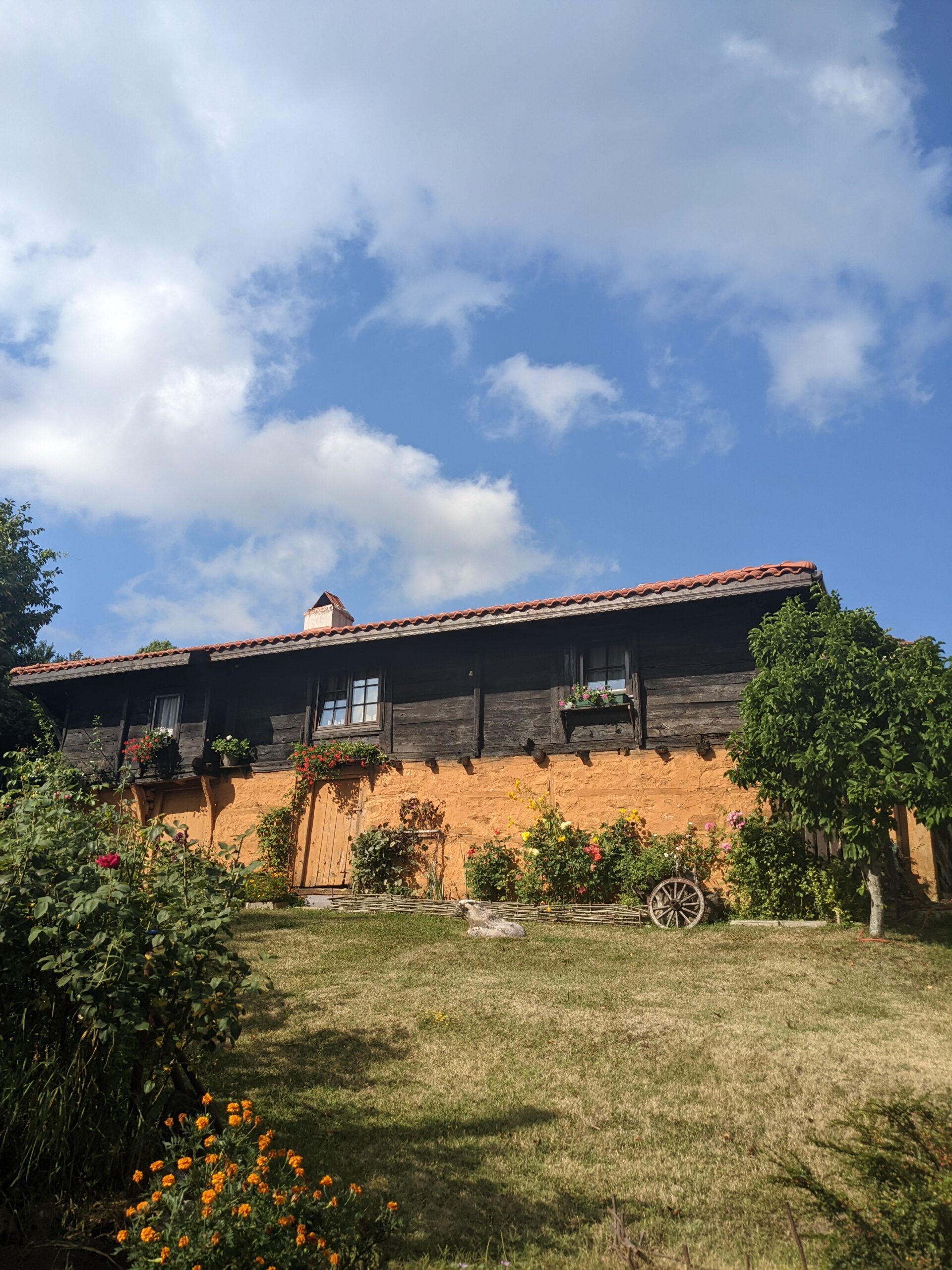

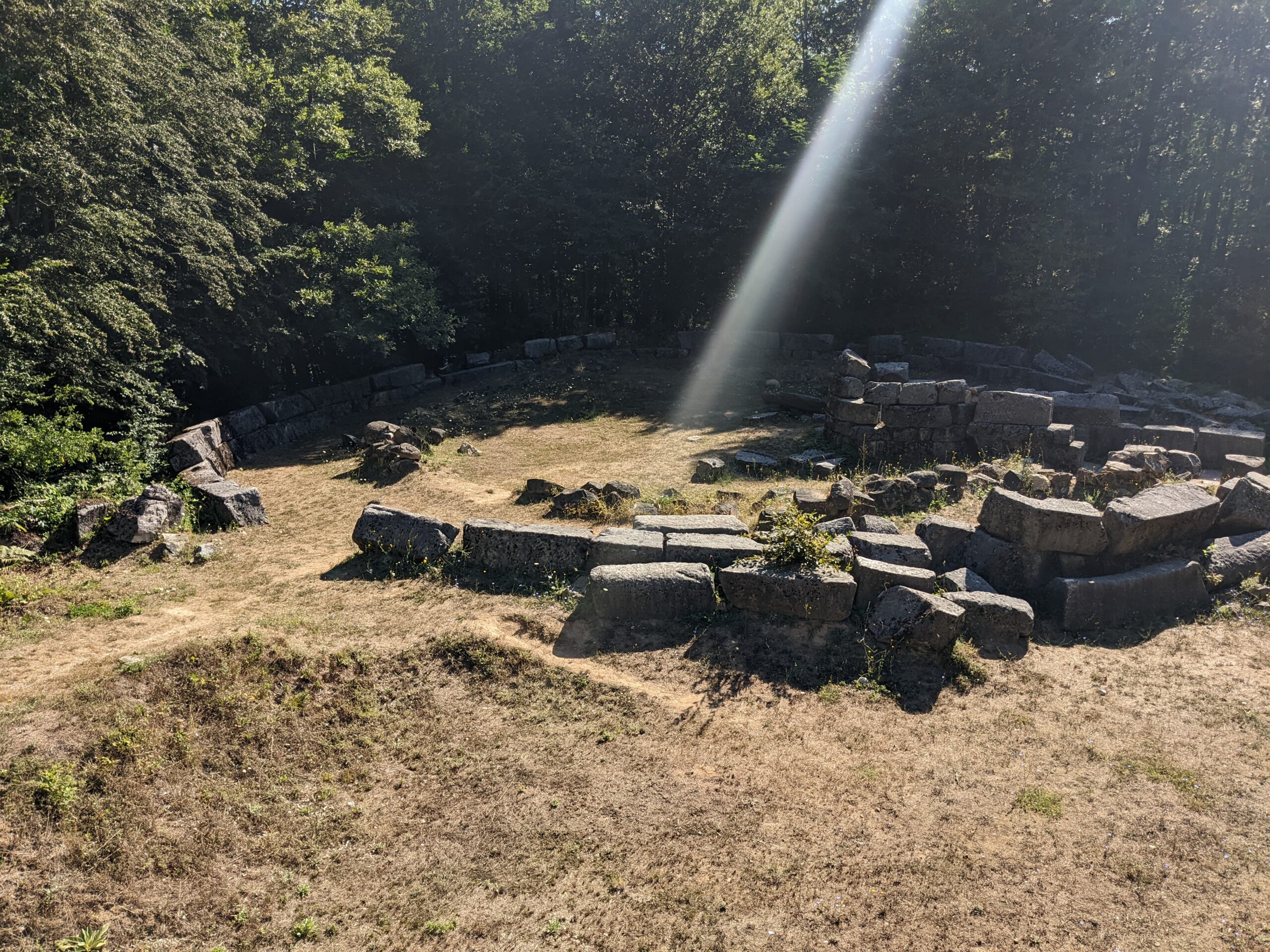
So shouldn’t it be self-explanatory to protect Strandzha with all means?
It should, shouldn’t it? But as so often, nature (and culture) conservation stands in the way of endless capitalist development. Unfortunately, especially the coastal area of Strandzha Nature Park is very much in the spotlight of construction planners. Resorts, tourist entertainment facilities, promenades – that is several powerful politicians´ preferred picture of the coast of Strandzha. And it is not only politicians and businessmen – locals are also told that they could be selling their property to tourism for good money, if it wasn’t for the nature park. The Directorate´s staff therefore has to work in tough conditions and constant crossfire. Being a nature park, development shall be limited and strictly controlled, prioritising ecotourism, but what many locals see is only the list of things they are not allowed to do.
Legally, Nature Park Directorates in Bulgaria fall under the authority of the Ministry of Agriculture (previously Ministry of Agriculture, Food and Forestry), while National Park Directorates belong to the Ministry of Environment. “We are dependent on the ministry that gives to protect (nature), but also to cut (trees)”, Milen describes briefly. This outlines the difficulty of this arrangement. Moreover, funding is very scarce. Formerly, nature parks were funded within the budget of the Executive Forest Agency, but due to restructuring, they were taken out of this budget line, and since then, Strandzha Nature Park, together with the other Bulgarian nature parks are highly underfinanced. At the moment, there are nine staff members employed for the management of the biggest protected area in Bulgaria, and financial limitations make many standard tasks very challenging to implement. For example, a cap on monthly fuel is limiting possibilities of field work and infrastructure maintenance, and this is only one of the obstacles the directorate faces.
Just a few days before we were in Strandzha we didn´t know anything about it. Much less even that it is the biggest and most diverse protected area in Bulgaria and of importance far beyond. When we left, we had a completely different view of Strandzha that is overlooked by so many. We don´t even know why. All we know is that it deserves far more attention and protection.

